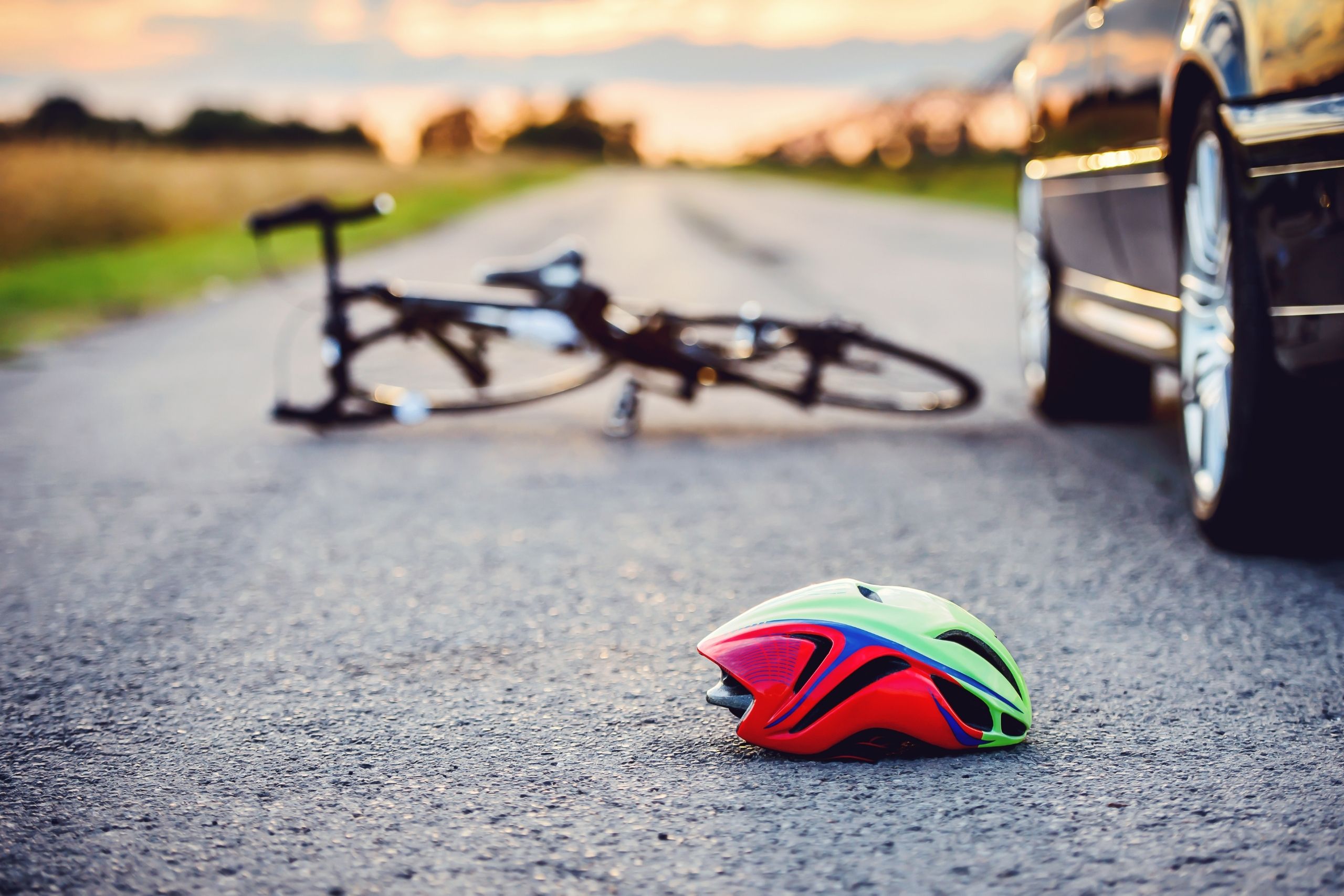- Free Initial Consultation: (954) 761-3641 Tap Here To Call Us
Why Are There So Many Bicycle Accidents in South Florida?

No matter how you dice the statistics, Florida has the highest rate – and number – of bicycle accidents in the entire U.S., a fact that has remained fairly consistent for years, illustrated by the growing number of white-painted “ghost bikes” dotting the urban landscapes and intersections.
Bicyclists remain among the most vulnerable road users on South Florida streets. The National Highway Traffic Safety Administration (NHTSA) reports in its latest analysis of the issue that of the 856 bicyclists who died in the U.S., 161 of them lost their lives on Florida roads. The only other state that even comes close is California, a state with nearly double our population that reported 131 fatal bike crashes. Of the 3,183 total traffic deaths reported in the Sunshine State in a single recent year (third only to California and Texas), 5.1% of those were bicyclists. The national rate is 0.26%. Delaware technically has a higher percentage rate in this regard, but had 7 total bicyclist deaths that year, compared to our 161. Plus when factoring population, our rate is higher.
This is not a badge we wear proudly by any means, and of course every preventable crash death is one too many – no matter where it is. But our Fort Lauderdale injury lawyers know that this recurring fact does beg the question: What is Florida doing wrong? This question is particularly poignant in areas like Fort Lauderdale, Miami, Tampa-St. Petersburg, Orlando, and Jacksonville, where rates are the highest.
A huge part of the problem is that motorists are too distracted and drive too fast. These two factors alone lead to so many avoidable tragedies involving cars vs. bicyclists (and cars vs. pedestrians, for that matter).
While there has been some forward movement on important state legislation attempting to address these issues (the distraction element, at least), sometimes the laws already on the books aren’t properly enforced – if most drivers are even aware of them in the first place. For example, F.S. 316.083 requires motor vehicle drivers to give bicyclists at least 3 feet of clearance before overtaking and passing them. Many simply do not do this, and often face little-to-no consequence for it. Some chalk this up to the overarching cultural attitudes about bicyclists. As a bicyclist advocate was recently quoted saying in the Florida Phoenix, “Out west, bicycling is seen as just another legitimate form of transportation. … But in Florida, the majority of elected political leaders don’t understand that bicycling is just a slow-moving vehicle on the right of way. That’s all it is, and as a result we have motorists who… are engaging in flat-out dangerous driving behavior.”
It doesn’t help that our streets were designed and built after WWII and almost exclusively for fast-moving motor vehicle traffic. America as a whole hasn’t done a great job of creating a system of transportation that is great for walking and biking or even public transport, but Florida has done an especially lousy job – something state officials have publicly acknowledged. Specifically, they’ve created urban streets that look a lot like rural highways, with wide lanes, high speed limits, and no protected bicycle lanes or often even sidewalks.
The state has taken some steps to change this, with the Florida Department of Transportation not long ago adopting 8 context classifications to direct road designs decisions as part of a Complete Streets initiative. The system instructs transportation planners and engineers to weigh existing and future characteristics of a specific area, including multiple land uses and street connectivity to ensure roads are designed to accommodate all road users and trip types. A road designed for bicycle-friendly traffic is going to include things like narrower car lanes, designated bicycle lanes, lower vehicle travel speeds, on-street parking, and pull-offs and safe intersections.
But as the most recent NHTSA report reveals, these changes can’t happen soon enough. In addition to the more than 840 bicyclist deaths reported in the October 2021 report, there were also nearly 50,000 bicyclists injured – a 54 percent increase over the previous year. Fatalities for cyclists were significantly higher in urban areas, which is where 78% of them were reported.
If you’re injured or a loved one killed in a Fort Lauderdale bicycle accident, it is critically important that you promptly consult with an experienced injury/wrongful death attorney. Options for compensation can be limited by the fact that cyclists aren’t required to carry personal injury protection (PIP) coverage that is mandated by motor vehicle operators. If you do have PIP, you can use that for up to $10,000 in compensation. If not, the driver’s PIP coverage may kick in, regardless of fault. However, if your injuries are more severe than that, you may need to file a claim for damages with the at-fault driver’s insurer. If that driver doesn’t have insurance, only has minimal coverage, or didn’t stop at the scene of the crash, you may look into filing a claim with your own uninsured/underinsured motorist coverage carrier. Our dedicated injury lawyers are committed to helping you explore all potential angles for compensation.
Call Fort Lauderdale Injury Attorney Richard Ansara at (954) 761-4011. Serving Broward, Miami-Dade and Palm Beach counties.
Additional Resources:
Traffic Safety Performance Measures for Florida
More Blog Entries:
How Fort Lauderdale Pedestrian Accident Victims Can Obtain Compensation for Injuries, Jan. 15, 2022, Fort Lauderdale Bicycle Accident Lawyer Blog













